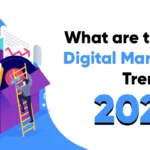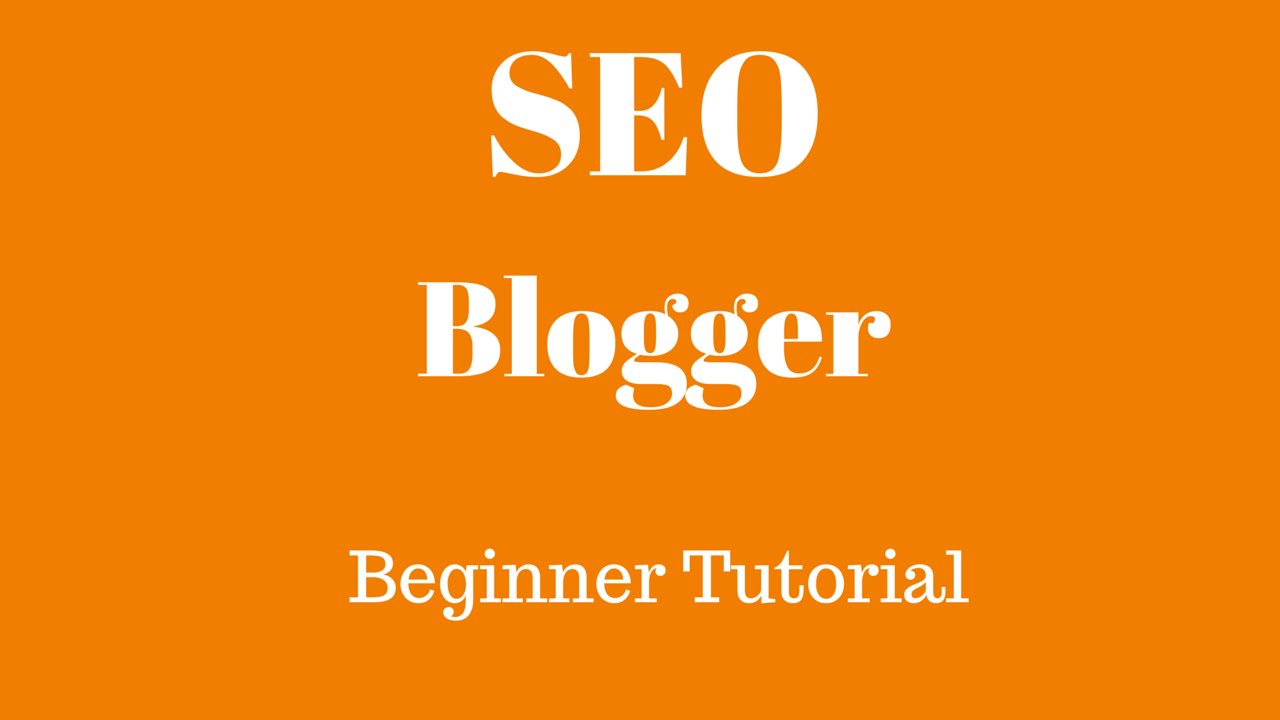What is Digital Marketing?
Definition: Advertising provided through digital channels such as search engines, websites, social media, email, and mobile apps is digital marketing. Digital marketing is how companies promote their goods, services, and brands using a variety of online media channels. Consumers rely heavily on internet resources while doing product research.
Importance of Engagement Marketing in Digital Marketing: While contemporary digital marketing is a vast network of channels into which marketers must simply integrate their brands, online advertising is much more complicated than the channels themselves. Marketers must go deep into today’s large and complex cross-channel world to find tactics that create an effect via engagement marketing to realize the full potential of digital marketing. The technique of establishing meaningful connections with prospective and returning consumers based on the data you gather over time is known as engagement marketing.
By engaging consumers in a digital environment, you may increase brand recognition, establish yourself as an industry thought leader, and position your company at the top of the customer’s minds when they’re ready to purchase.
Marketers may get important insights into target audience habits while also introducing new ways of consumer interaction by adopting an omnichannel digital marketing strategy. Companies may also expect to see an improvement in employee retention. Consumers should anticipate seeing a continuing rise in the range of wearable gadgets accessible in the future of digital marketing. Forbes also predicts that in the B2B sector, social media will become more conversational, video content will be improved for SEO reasons, and email marketing will become even more customized, according to Forbes.
Different Modes of Digital Marketing
SEO

Search engine optimization (SEO) is the practice of directing targeted visitors to a website through the organic results of a search engine . SEO activities often performed include producing high-quality material, optimizing it for certain keywords, and establishing backlinks.
The objective of SEO is to increase a site’s ranking in natural (unpaid) search results. The primary advantage of ranking for a particular keyword is that you may receive “free” traffic to your site every month. The direct benefit of ranking for a specific keyword is that you may receive “free” traffic to your site every month. Google specifically searches its database of “hundreds of billions” of pages to produce a set of results that best match your search.
PPC

Pay-per-click (PPC) is an online marketing strategy in which advertisers are charged a fee each time one of their advertisements is clicked. Essentially, it’s a method of purchasing website traffic rather than trying to “earn” it naturally.
Search engine advertising is one of the most prevalent types of pay-per-click advertising. When someone searches for a term relevant to their company offering, it enables marketers to bid for ad placement in a search engine’s sponsored links. If we bid on the word “PPC software,” for example, our ad could appear at the very top of the Google results page.
We must pay a modest charge to the search engine every time our ad clicks, resulting in a visitor to our website. When PPC is functioning well, the cost is little since the visit is worth more than you spend. In other words, if we pay $3 for a click that leads to a $300 transaction, we’ve profited handsomely.
SMO

SMO is the process to increase awareness of any product, brand or business on social media channels. Social media optimization is the process of using social media networks to manage and enhance an organization’s message and online presence (SMO). Social media optimization may be used as a digital marketing technique to raise awareness of new goods and services, interact with consumers, and minimize negative news. More recently, social media marketing has risen to prominence, sometimes merging with SEO and, in other cases, displacing it as the most successful method to build a brand, generate leads, improve a company’s online exposure, and interact with an audience. Facebook, Twitter, Instagram, Snapchat, YouTube, Pinterest, and TikTok are just a few social media sites utilized for digital marketing.
More recently, social media marketing has risen to prominence, sometimes merging with SEO and, in other cases, displacing it as the most successful method to build a brand, generate leads, improve a company’s online exposure, and interact with an audience. Facebook, Twitter, Instagram, Snapchat, YouTube, Pinterest, and TikTok are just a few social media sites utilized for digital marketing.
Email marketing

Email marketing is the practice of sending commercial emails to your ’email subscribers,’ or those who have subscribed to your email list and given you express permission to send them emails. Email marketing is used to stay in touch with consumers, boost sales, and build a community around your business (e.g., with a newsletter). An email has gained in popularity as a marketing tool for companies in part because it compels users to act; an email remains in the inbox until it is read, deleted, or archived. On the other hand, email is one of the most cost-effective communication methods accessible. Indeed, email generates an average return on investment (ROI) of $38 for every dollar invested, according to 2015 research conducted by the Direct Marketing Association (DMA) in the United Kingdom. Visit our email marketing statistics by industry to learn more about email marketing’s effectiveness.





